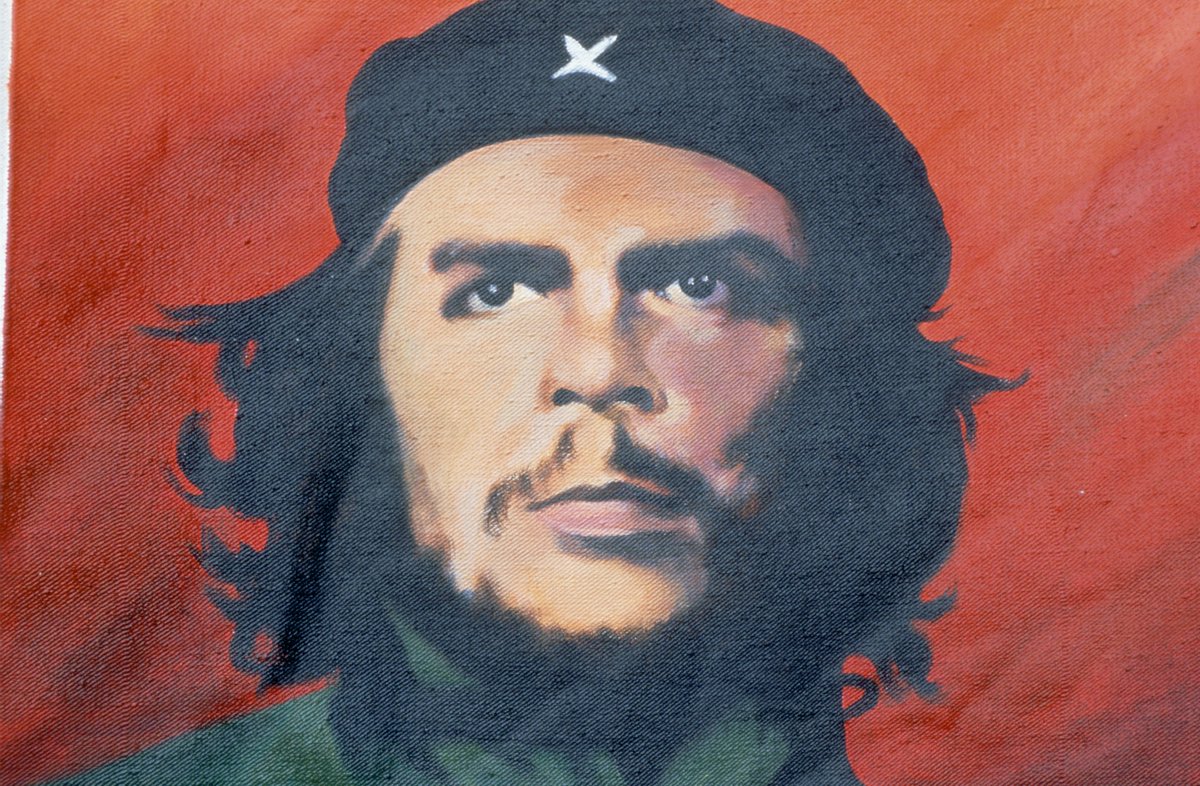

He traversed 4,500 kilometres (2,800 mi) through the northern provinces of Argentina on a bicycle on which he installed a small engine. In January 1950, Guevara attempted his first voyage.

The motorized bicycle now at a Che museum in Alta Gracia, ArgentinaĮrnesto Guevara spent long periods traveling around Latin America during his studies of medicine, beginning in 1948, at the University of Buenos Aires. Originally marketed by Verso as " Das Kapital meets Easy Rider", The Motorcycle Diaries has been a New York Times bestseller several times. The book has been described as a classic coming-of-age story: a voyage of adventure and self-discovery that is both political and personal.

By journey's end, they had travelled for a " symbolic nine months" by motorcycle, steamship, raft, horse, bus, and hitchhiking, covering more than 8,000 kilometres (5,000 mi) across places such as the Andes, the Atacama Desert, and the Amazon River Basin. During the formative odyssey Guevara is transformed by witnessing the social injustices of exploited mine workers, persecuted communists, ostracized lepers, and the tattered descendants of a once-great Inca civilization. Leaving Buenos Aires, Argentina, in January 1952 on the back of a sputtering single cylinder 1939 Norton 500cc dubbed La Poderosa ("The Mighty One"), they desired to explore the South America they only knew from books. It traces his early travels, as a 23-year-old medical student, with his friend Alberto Granado, a 29-year-old biochemist. The Motorcycle Diaries (Spanish: Diarios de motocicleta) is a posthumously published memoir of the Marxist revolutionary Ernesto "Che" Guevara.


 0 kommentar(er)
0 kommentar(er)
